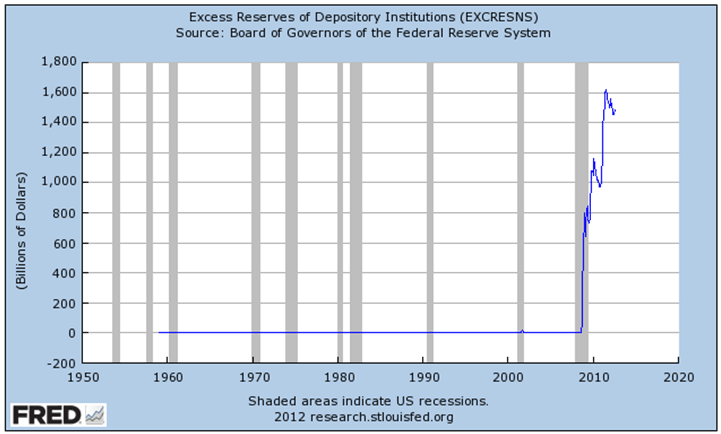Clearing Up 3 Dividend ETF Misconceptions (NYSEARCA DVY NYSEARCA IDV NYSEARCA HDV NYSEARCA DVYE)
Post on: 16 Март, 2015 No Comment

Have you ever wondered how billionaires continue to get RICHER, while the rest of the world is struggling?
I study billionaires for a living. To be more specific, I study how these investors generate such huge and consistent profits in the stock markets — year-in and year-out.
CLICK HERE to get your Free E-Book, “The Little Black Book Of Billionaires Secrets”
The extent of overlap generally depends on how similar the screening methodologies are of the indices the funds seek to track. Take the iShares High Dividend Equity Fund (NYSEARCA:HDV) and the iShares Dow Jones Select Dividend Index Fund (NYSEARCA:DVY). As my fellow blogger Noel Archard recently pointed out. these funds track different indices that use different methods for determining which companies make the cut. As a result, the top holdings of the funds have very little overlap. Similarly, the iShares Dow Jones International Select Dividend Index Fund (NYSEARCA:IDV) offers exposure to dividend-paying companies in developed markets, while the iShares Emerging Markets Dividend Index Fund offers exposure to dividend-paying companies in emerging markets (NYSEARCA:DVYE), meaning the funds don’t have much overlap.
Because dividend ETFs aren’t all cut from the same cloth, opting for more than one fund can potentially help you diversify your search for dividend income. That dividend ETFs aren’t all the same also shows just how important it is to do your due diligence before buying a fund, making sure you understand the index methodology and what you are going to own.
Misconception #2: If a dividend fund offers a good yield, I should allocate a lot to it.
The Truth: The following may seem like common sense, but it’s worth mentioning since I hear this misconception so often. So here it goes: Just because a fund offers an attractive yield doesn’t necessarily mean you should invest a lot into it. Why? If you put most of your eggs into one fund simply because of its attractive yield, you risk possibly overweighting your portfolio to a sector of the market that you may not really want to be so bullish on. This brings us back to why it’s so important to take the time to know what you’re buying before you invest (i.e. read the prospectus. as I’ve mentioned before), and consider whether a holding is going to be a broad part of your portfolio or a very narrow slice and allocate accordingly.
Misconception #3: When selecting a dividend ETF, the only return that matters is the fund’s yield.
The Truth: Don’t be a yield hog, because yield isn’t the be-all and end-all. In fact, instead of focusing on yield, consider following the advice of another fellow blogger, our sage investment strategist Russ Koesterich. He suggests focusing on a return target for your portfolio rather than on an asset’s income potential. As Russ has pointed out, determining the makeup of your portfolio based on your desired return can help you minimize risk. If you just focus on the level of yield, you risk not investing in lower yield assets that could provide you with diversification benefits.
Hopefully by clearing up these misconceptions, I’ve helped you become a smarter dividend investor. And, as I’m always looking for more myths to expose, what other misunderstandings do you hear about dividend ETFs and ETFs in general? Put your question in the comments section below, and we’ll do our best to respond!
Diversification may not protect against market risk.
In addition to the normal risks associated with investing, international investments may involve risk of capital loss from unfavorable fluctuation in currency values, from differences in generally accepted accounting principles or from economic or political instability in other nations. Emerging markets involve heightened risks related to the same factors as well as increased volatility and lower trading volume. There is no guarantee that dividends will be paid.
Sue Thompson, CIMA ® is Head of the Registered Investment Advisor Group and 401(k) Sales, overseeing the firm’s iShares efforts with registered investment advisors, independent broker/dealers and asset managers.
Prior to joining Barclays Global Investors (BGI, which merged with BlackRock in 2009) in 2007, Sue was a principal at Vanguard, heading the national sales team focused on national full service brokerage firms. She joined Vanguard in August 1999 as Senior Counsel, specializing in tax law and structured products. Prior to joining Vanguard, Sue was an attorney at Orrick, Herrington & Sutcliffe, LLP in California, specializing in public finance. She received her B.A. in Accounting from the University of Washington and J.D. from the University of California, Davis. In addition to holding her Series 7, 63 and 24 FINRA licenses, Sue is also a C.P.A. and holds her Certified Investment Management Analyst (CIMA) designation through the Investment Management Consultants Association in conjunction with the Wharton School at the University of Pennsylvania.














